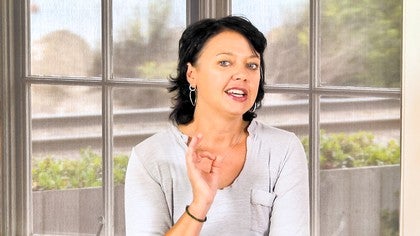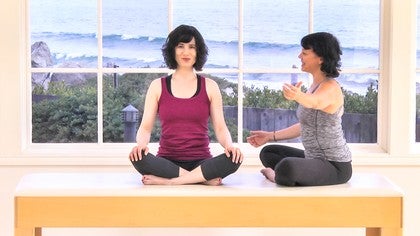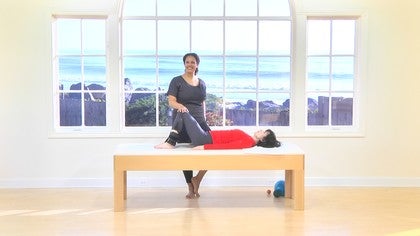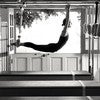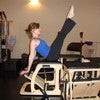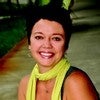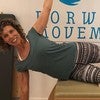Description
About This Video
Transcript
Read Full Transcript
My name is Kara Reeser and I studied with Kathleen Stanford Grant. Kathy's contributions to PyLadies, um, were many, but the things that I think stick out the most, um, and I'll talk about them in order. The first being, the way she worked with the mat work, Cathy created her a vocabulary that she later referred to in her life as before the hundred. And the idea that the reason she did that is she was working with a really diverse, diverse audience, diverse group of students. And she was working with dancers and she was teaching in large classrooms at York University, at Tisch School of the arts. She was working in those studio where multiple students were there and she was really committed to the student learning the skills, the way to move their bodies to understand what they were doing when they were performing later on Mr Platas repertory.
So she created this wonderful, um, almost pre Pilati is before the hundred, um, repertory where not only were you learning sort of skills physically, but also mentally also understanding how to sink in, how to be present and aware how to, um, be yourself. And, and practice from where you were coming from. So we were learning, um, the skills that built us up to practice [inaudible] from where we were, each of us individually, whether we were injured, whether we were compromised in any way. Um, so, and, and within that repertory, you know, she's known for the cats or for her, my name is sit up or for a variety of obliques, really difficult abs. And you know, that repertory wasn't necessarily easier. It was just really well thought out in terms of allowing you to know exactly what to call on in your body to do polities. And, um, so she was really a magnificent innovator in making this work more assessable to all audiences. But one of the other things that Kathy was really well known for, we remember her as doing and that she was, um, she offered innovated in the [inaudible] world, was her way of working with the springs and the equipment. Um, she taught many people at the same time in the studio and she actually would listen to hear how the springs sounded, whether it was stretching too much, you know, there was this great sensitivity to how to work with the equipment and even to the case where you looked at which, which spring you would use the left side or right side. So there was a, an extreme precision around how she approached, um, working with Mr plays equipment, the respect around the equipment, the details, um, which was very unique to working, um, in her studio. The way, the way that we did got the also created a body of work that we now refer to as, um, the Kathy grant one to straps. And, um, you know, again, what she did is she took Mr Paulie's mat work, the traditional repertory, but she used these canvas straps on the Cadillac. She gave them to us and she helped. Um, she created a, uh, a way for us to support ourselves and be more successful using suspension and leverage. Um, so that, you know, if you couldn't do the teaser, you could get up and do it with the straps. Um, within the strop work, there were two things happening.
There was the subtle work which Kathy is known for, which was both for the hundred as well. The, the way that the skill building and the way that you were self teaching and self learning through your own experiential learning. But there was also the other part which was these, these really creative, really, um, juicy, long choreographed ex, um, expressions on the strap work or in the mat work where you really got to fully move and really complicated and difficult. So it went from the most subtle to this very expanded large movement vocabulary that she created. Um, so you ended up really dancing and really moving fully as well as, as being mindful and precise. Kathy used a lot of props in her studio. There was little balls and little straps and little springs and little cushions and pieces of foam and elastic and, and a tennis ball cans.
And she became this real magician, this real, um, almost witched doctor for working with people with injury, um, people who had severe scoliosis or a lot of dancers who were compromised and really needing to get back on stage back to her soul. Um, and so she created a lot of very specific exercises using props, um, anything she could to get that individual to work correctly so that the alignment was clear so that the tension volumes in the body were clear so that the person's, uh, awareness would be with themselves as they were working. So they would get out of pain and be able to, to really, um, be successful moving again. Um, these are the pictures you'll see. These are the remembrances of so many as a of us have in the studio is just these little things she did to get the body to align itself, reset and be ready for whatever the day brought.
Pilates Legacy Project - Playlist 2: Kathy Grant Methods
Comments
You need to be a subscriber to post a comment.
Please Log In or Create an Account to start your free trial.
